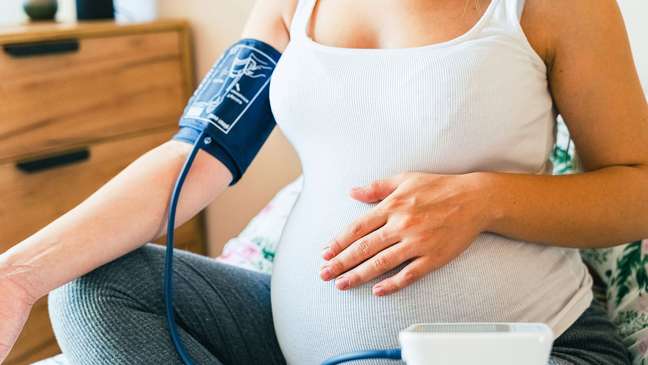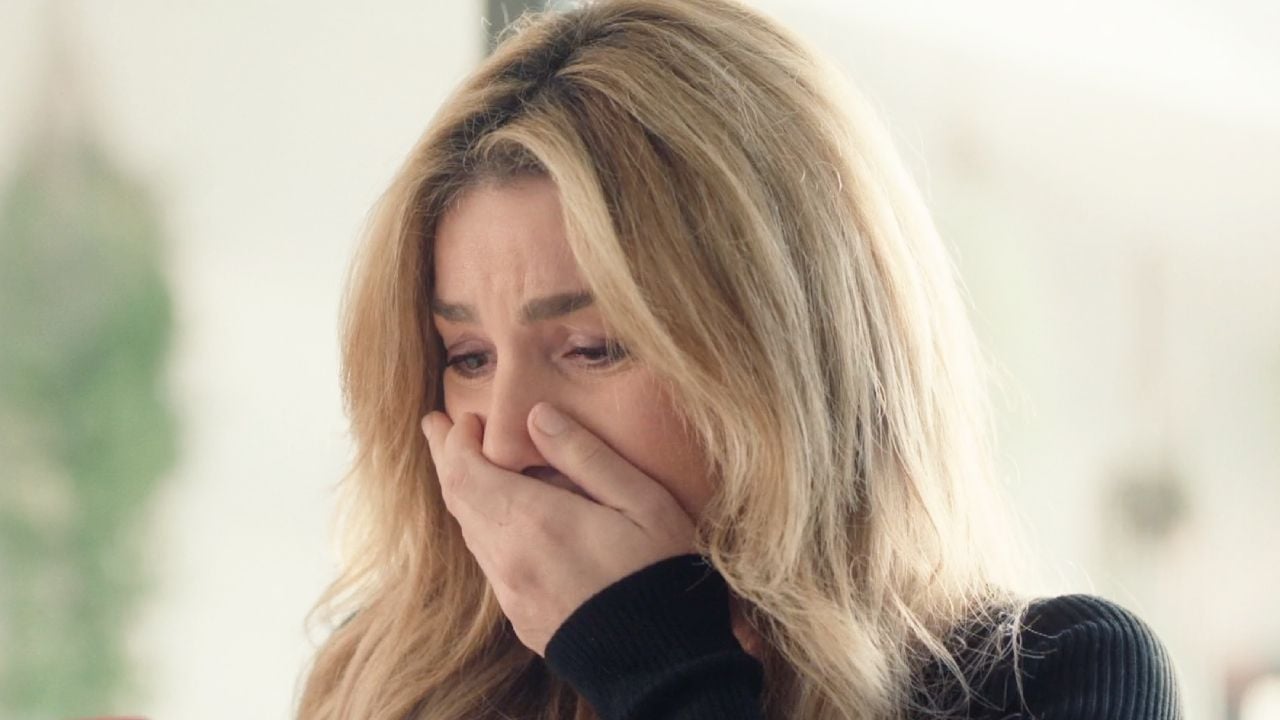It is also common for this to occur in certain periods of pregnancy, but, in excess, it deserves attention. Know when to seek help
THE blood pressure it’s an important measurement, and every time you go to a prenatal appointment, it’s likely to be measured. While high blood pressure is of much more concern, as it can be a sign of serious complications (such as pre-eclampsia), most pregnant women experience the opposite effect at some point: low blood pressure.

According to gynecologist and obstetrician Alexandre Pupo Nogueira, of the Sírio Libanês and Albert Einstein hospitals, both in São Paulo (SP), a woman’s blood pressure is even expected to drop slightly during pregnancy, mainly in two moments: between the 11th and 13th week and, subsequently, between the 18th and 22nd week. “It’s normal for blood pressure to be lowest during pregnancy, peaking in these two periods, called the first wave of placental migration and the second wave of placental migration, respectively,” she says.
The explanation is that, in the ranges mentioned, there is a faster growth of the placenta, which ends up affecting the blood pressure level, lowering it in one or two points. The normal level for women is around 11/7 or 12/7. This means that the systolic pressure (recorded when the heart contracts) measures 110 or 120 millimeters of mercury, and the diastolic pressure (when the heart relaxes), around 70. “In the period of placental migration, this drops from 10 to 20 mm of mercury in blood pressure, which would be, on average, 11/7, can become 10/5 or 9/6. Later, it can be around 10/6”, exemplifies the doctor.
Symptoms of low blood pressure in pregnancy
How to know if it fell? In fact, there is no exact measure for this. According to Pupo, it depends on the person’s average blood pressure and, above all, on the signs.
The main symptoms of low blood pressure, according to the obstetrician, are:
- Dimming of vision when you stand up quickly;
- Feeling faint or dizzy, especially in warmer environments
- Tingling sensation in hands and feet.
The expected drop in pressure during the gestational period should have only mild symptoms, warns the specialist. “When they become difficult to control or if they are very constant, it is worth seeking help”, he recommends. “There are medications to raise blood pressure, but this is something that should be discussed with the doctor. He will only indicate when necessary,” she points out.
Low blood pressure during pregnancy: what to do?
When a pregnant woman feels dizzy or faints, someone always advises her to eat something salty, like an olive, or even put salt on her tongue, right? But does it make sense? According to Pupo yes!

– “The sodium in salt works by pulling water into the blood vessels and this also helps raise the blood pressure a bit,” she explains. The best, recommends the pro, is eat salty foods and above all drink plenty of water, a liquid that “hydrates and increases blood volume. This improves blood pressure.” Try to lie or sit until you are stabilized to avoid falls.
Is it possible to avoid the pressure drop?
In addition to drinking plenty of water (at least 2 to 3 liters a day) and if you eat well, in a healthy way, without skipping meals or fasting for a long time, the pregnant woman should avoid hot, stuffy and crowded places. «This is because, in environments with very high temperatures, there is peripheral vasodilation, which means that the skin becomes vascularized, i.e. the vessels widen, to make heat exchange faster. This is a reaction of the body to try to regulate body temperature and can end up causing a drop in blood pressure”, says the obstetrician. Precisely for this reason it is not recommended, for example, for pregnant women to use the hot tub, take baths very hot or enter the saunas.
Blood pressure drop in pregnancy: are there any risks?
Unlike hypertension, the risk is minimal here. ” The biggest problem is in relation to the mother, who may, due to this rapid drop in blood pressure, have symptoms of fainting and eventually fall. Thus, falling can lead to trauma, cause injury, etc. For pregnancy, the risk is minimal and should not be considered,” says the doctor.
In fact, low blood pressure can also be a good thing, if it’s within limits (1 or 2 points), at intervals of 11 to 13 weeks or 18 to 22 weeks. “It is a sign that the placenta has formed correctly, which is a good indicator of the risks for preeclampsia,” Pupo points out.
It’s worth remembering that low blood pressure can actually be one of the symptoms of a more serious condition, such as a generalized infection or major bleeding, leading to hypotension. “But these situations are very rare and are usually preceded by other signs, such as fever, spotting or bleeding itself, which will lead the pregnant woman to go to the doctor long before realizing this change,” adds the specialist.
At any sign of doubt or concern, it is very important that you contact your obstetrician.
+The best content in your email for free. Choose your favorite Terra newsletter. Click here!
Source: Terra
Ben Stock is a lifestyle journalist and author at Gossipify. He writes about topics such as health, wellness, travel, food and home decor. He provides practical advice and inspiration to improve well-being, keeps readers up to date with latest lifestyle news and trends, known for his engaging writing style, in-depth analysis and unique perspectives.







